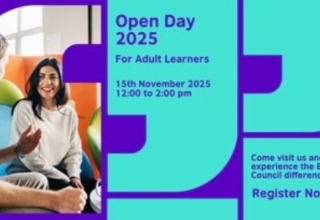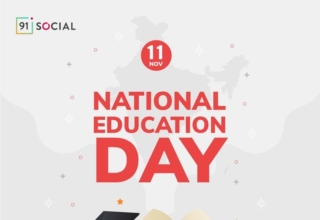
On Teachers Day, we compiled views of some leading industry ed tech experts on how the profile of teachers is changing in India
Teachers Day Special:
Covid19 pandemic sanctioned a new paradigm—remote and digital teaching/learning mode—as the new reality in all forms of education including school education. Post-covid with reopening of educational institutions, this paradigm has actually metamorphosized into a more acceptable form known as hybrid learning. Technology has a profound effect on education today than say a decade ago. And, now teachers, who were once feeling ‘threatened’ by technology, are realizing they are an important stakeholders in this change.

According to the Deloitte report 2022 on the future of learning, 75% of teachers believe that digital learning content will replace printed textbooks within the next 10 years. It is not only textbooks but those notes, lesson plans and lectures as well where tech will become inseparable. The change has already set in.
According to Aparna Prasad, founder of Knowledgeum Academy, utilizing a learning management system to organize assignments and using Microsoft PowerPoint to produce an interactive presentation are two instances wherein technology has enhanced the teaching-learning process. for many years now. “Evaluating student performances and offering suggestions and advice has been made significantly easier for teachers with technology as a tool,” she adds while commenting on advances in the applied technology .
A lot of teachers themselves have started realizing that technology gives them the superpower of being able to interact with every student simultaneously. A collaborative and engaging environment is created with the inclusion of technology into the curriculum as is experienced by many. Technology allows teachers to accommodate and tailor-make a variety of teaching-learning methods for the new-age learners, irrespective of their learning type. The use of cutting-edge teaching methods enhances the abilities, skills, and career outcomes of educators while also allowing collective growth during the teaching-learning process. “The most essential information and research may be accessed via trusted resources which can further motivate educators to approach the process with higher enthusiasm for greater productivity,” feels Prasad.
According to Deepak Chenath, Co-founder of Quizizz, gone are the days when teachers had to wait for months to see what their students have understood, now they can get that data and actionable insights to modify their instruction in realtime while they are teaching itself. “Teachers have a very difficult job to do. Controlling a class full of energetic children is challenging in itself. Engaging every student in the learning process, everyday is even more difficult. So technology gives them a kind of control and insights,” he adds.
The more acceptance and integration of technology in education delivery has in a way forced teachers to upskill and prepare for the change, which is essentially a departure from the traditional classroom methods and therefore emotionally hard. But at the same time, there was no option and they had to switchover. However, it was not easy and was like putting a cart before horses in absence of skilling and training. So, everybody had to invest in technology and in the training, support, monitoring, maintenance and importantly to stand the scrutiny of learners , peers as well as parent community. The process is getting better by the day and most teachers have been quick to adapt and learn. “Education technology can significantly improve communication and collaboration between teachers, students, teachers/parents, and peers. It helps teachers more effectively reach every student and personalize the whole learning process. It allows them to become more collaborative and extend learning beyond the classroom,” says Ashish Fernando, Founder and CEO, iSchoolConnect.
According to Alex George, CMD, ITLH, teaching without borders has come up as a new opportunity for teaching professionals. “Now teachers based in the UK are able to teach our students UI and UX design functions in the UK. This kind of knowledge and experience would have nearly seemed impossible if technology had not been in place. This is beginning of a new world phenomenon and teachers are to benefit,” he adds.
“Teachers can now efficiently create engaging lessons by leveraging technology, which enables them to adapt creative learning styles through animations for illustrations, polls for interactions, planners, PPTs, progress reports and recorded lectures. Each day teachers strive extremely hard to ensure that the classroom experience is engaging with the use of hi-tech tools to make learning more accessible for maximum students. And I strongly believe that the teachers’ success begins with the success of their students,” says Rohit Gupta, CAO of PW (PhysicsWallah) in conclusion.










